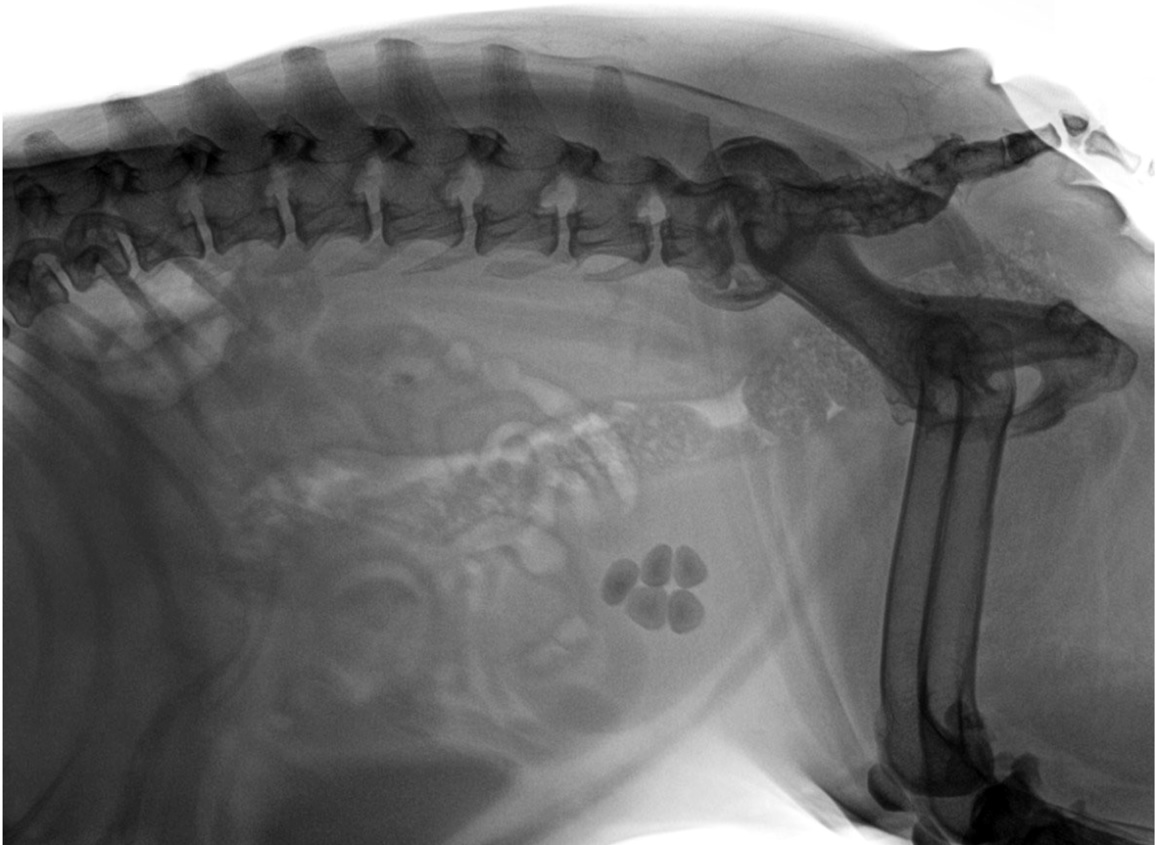Canine struvite urolithiasis: Epidemiological and clinical characteristics in Mexico
Urolitiasis de estruvita en perros: Características epidemiológicas y clínicas en México


This work is licensed under a Creative Commons Attribution-NonCommercial-ShareAlike 4.0 International License.
Show authors biography
Objective. Identify demographic risk factors and clinical characteristics of struvite urolithiasis (UEs) in a canine population from Mexico. Animals. Dog cases with struvite urolith from the urolith analysis laboratory from 2012-2017. Materials and methods. A comparative cross-sectional study was conducted to identify demographic risk factors in dogs with UEs by comparing cases between two groups. Description of the clinical characteristics, they will be used in clinical data of dogs with UEs. Statistical analysis included X2 test, odds ratio (OR) and confidence interval (95% CI). Significant values were considered with p<0.05. Multivariate logistic regression analysis was used to identify association between factors. Results. The UEs frequency was 41.2% and female dogs were greater odds at for developing this urolithiasis (p<0.05; p <0.001) across all comparison groups, as well as the small-size animals (p<0.01) with respect to large-sized ones. Associations between a struvite urolithiasis diagnosis and individual breeds and age were identified. The clinical characteristics found were urine pH ≥7, specific gravity ≥1.025, presence of moderately radiopacity uroliths ≥30 mm and solitary into the bladder in female. Recurrence was more frequently between the first and second year (56.7%). Conclusions. The identification of these demographic factors and the knowledge of clinical characteristics will allow veterinarians to predict that the urolith composition is struvite and consider medical dissolution as treatment.
Article visits 1701 | PDF visits























